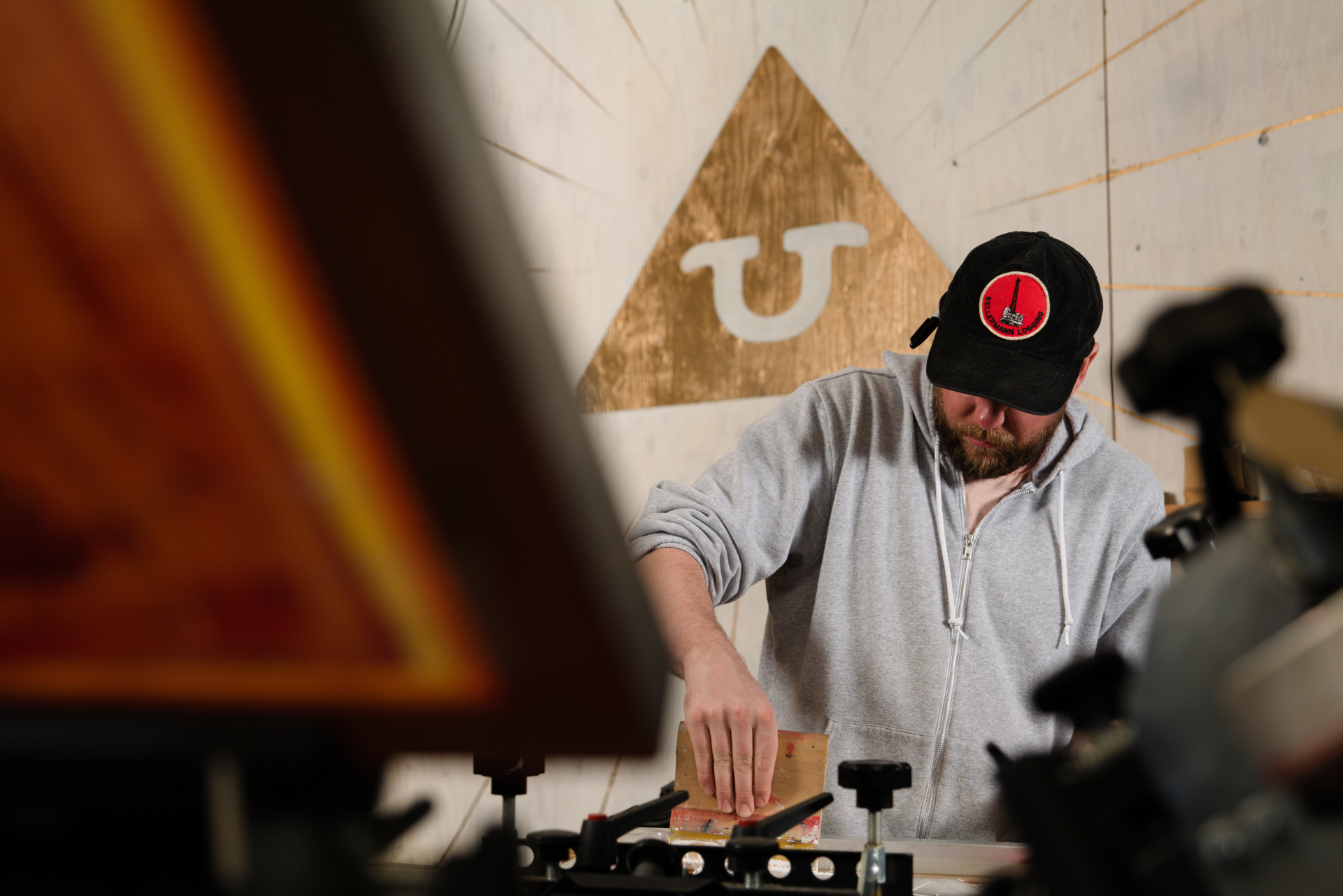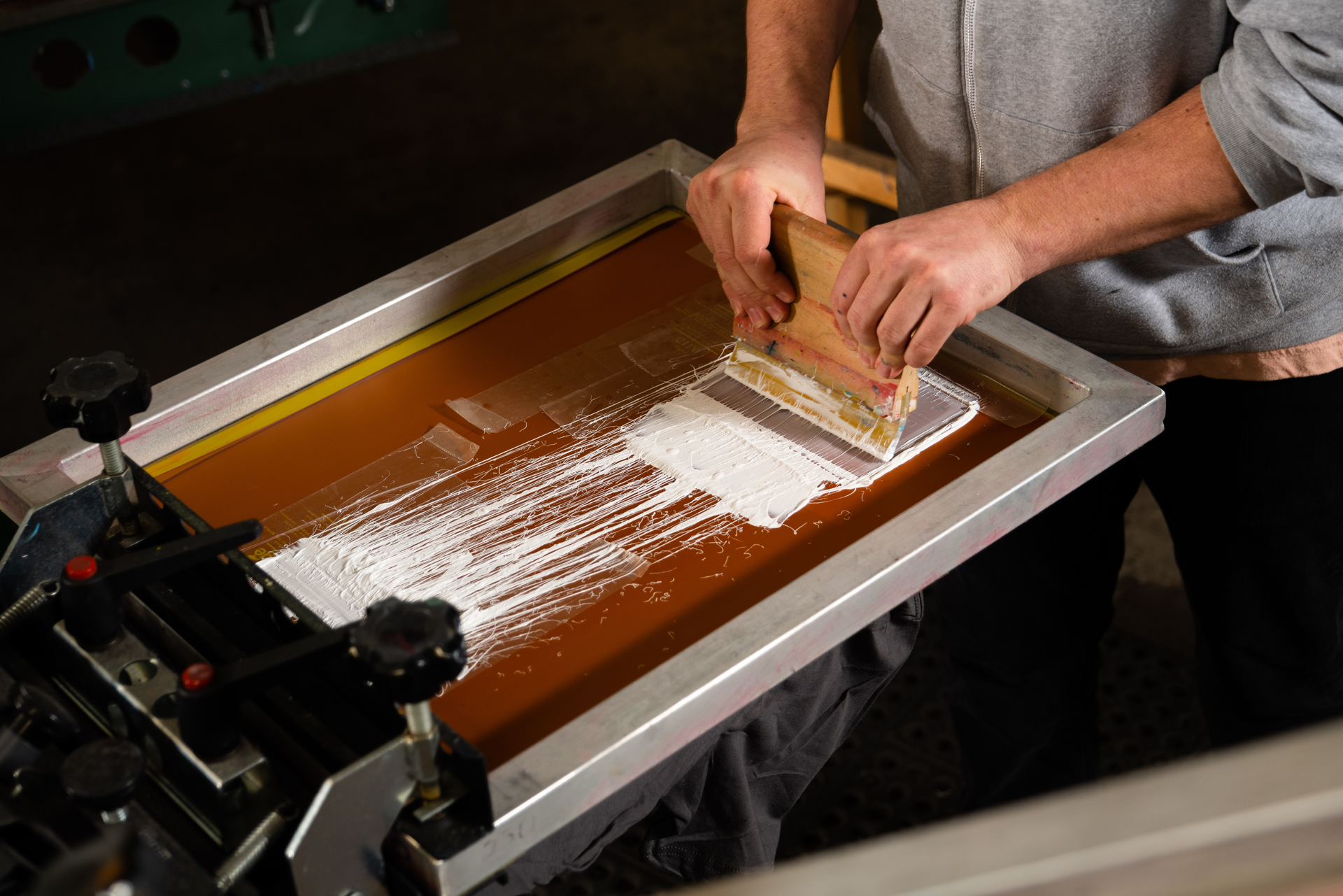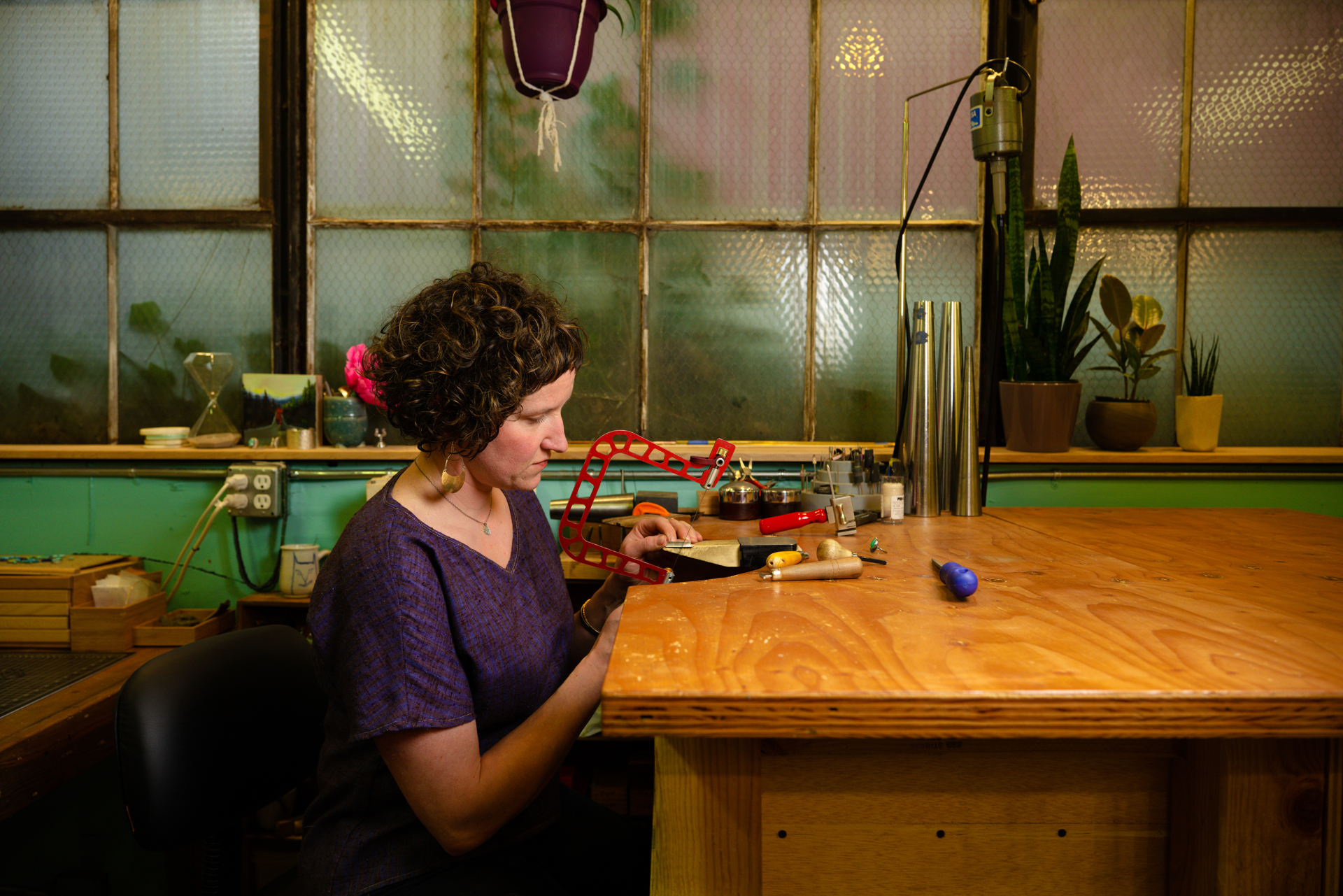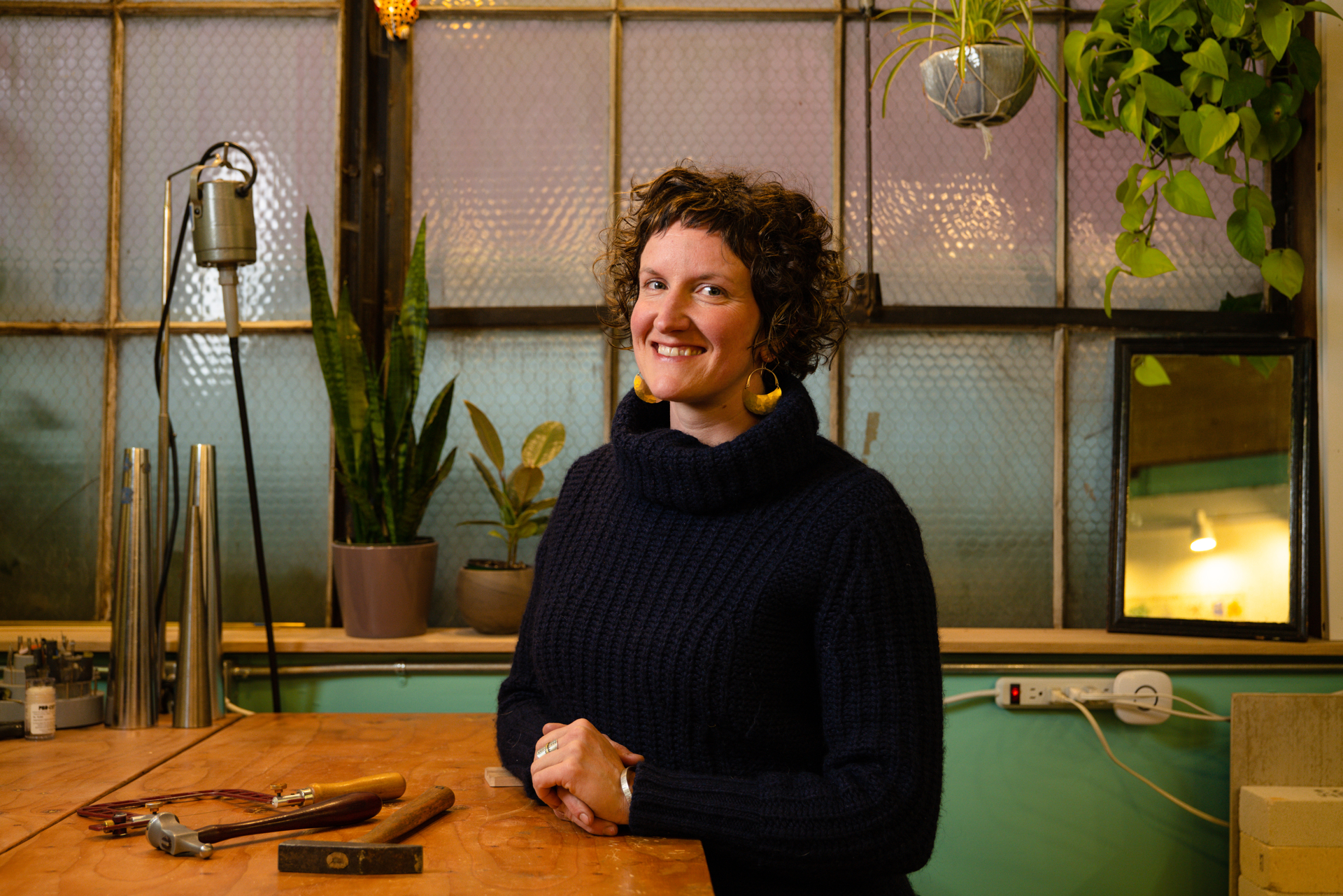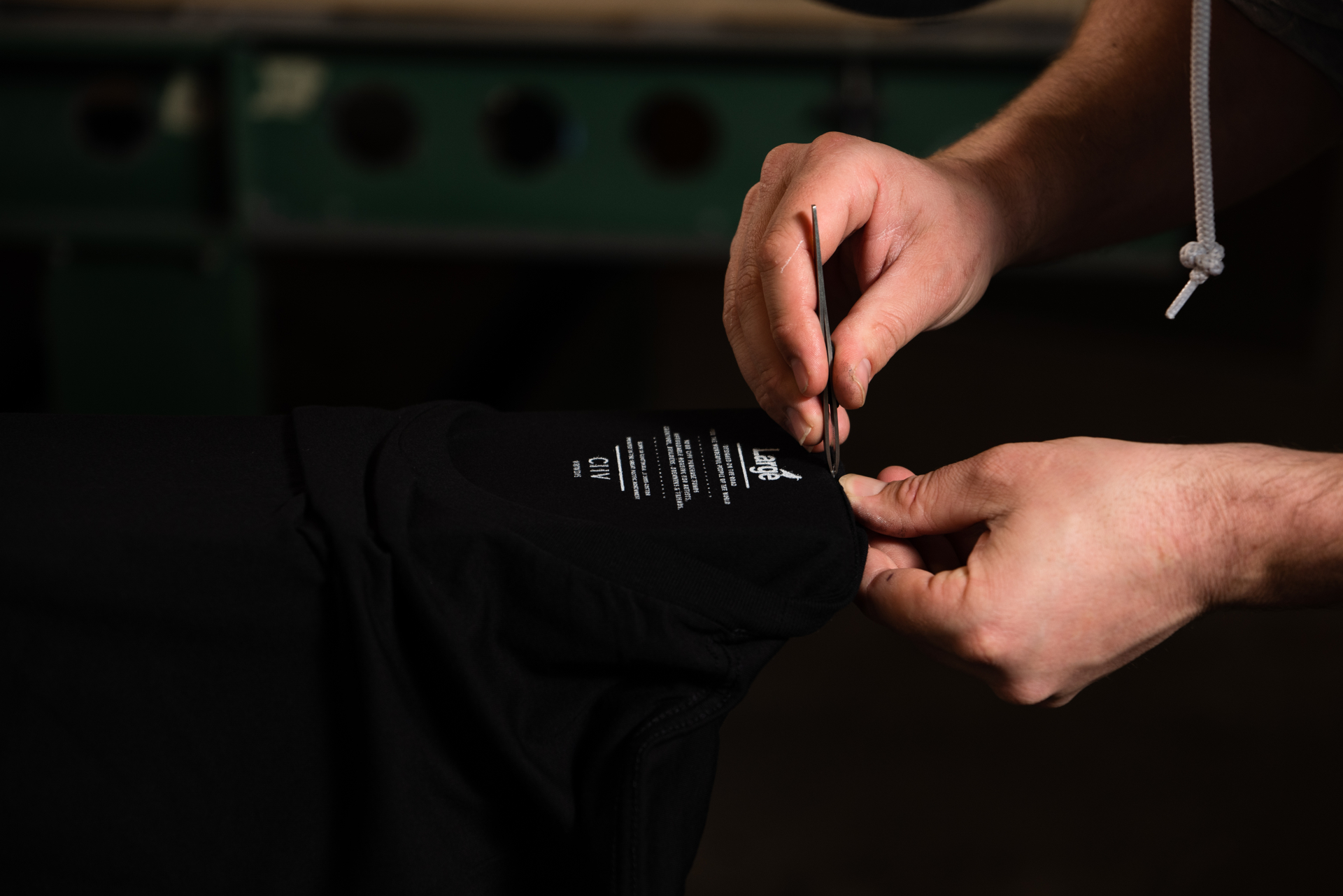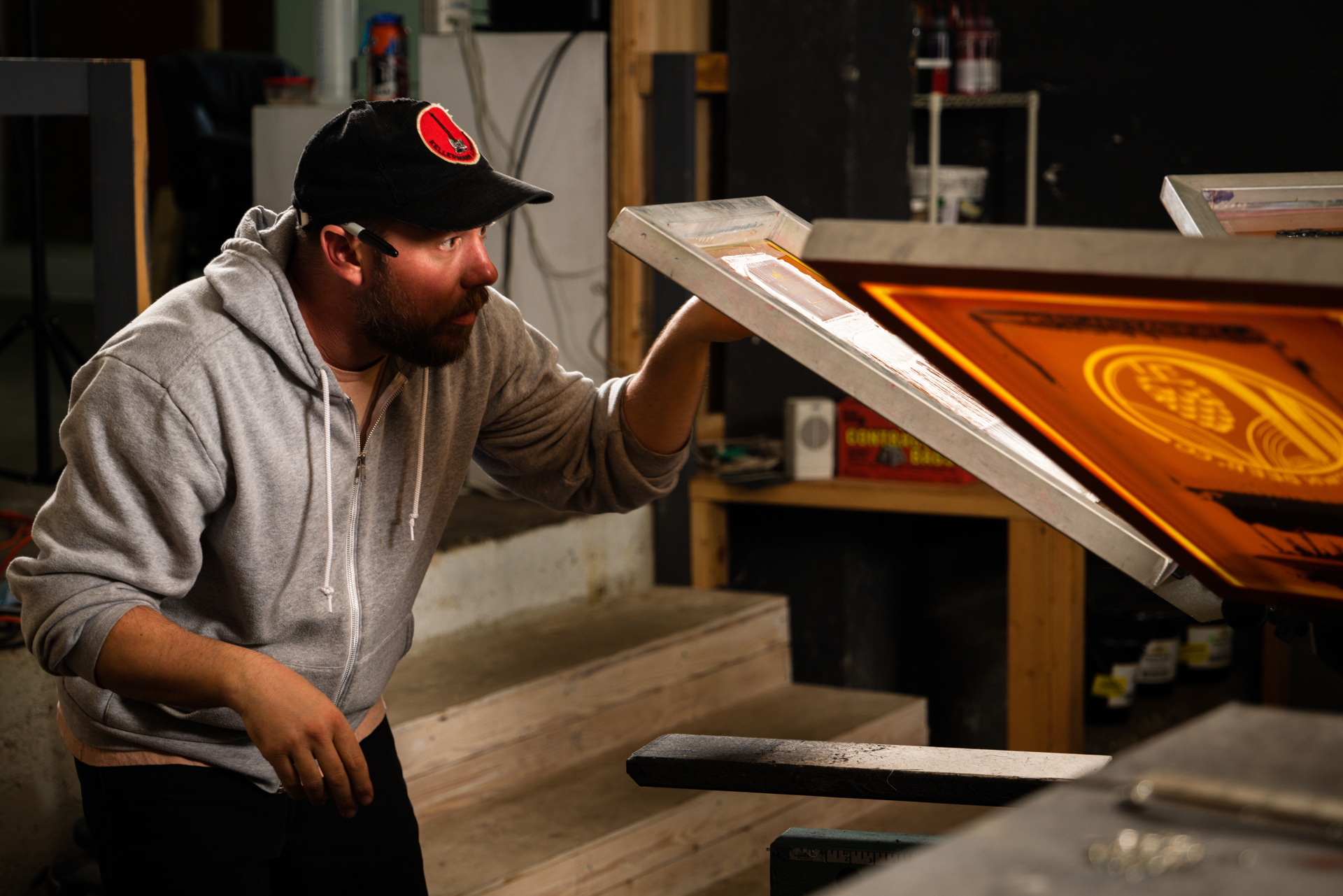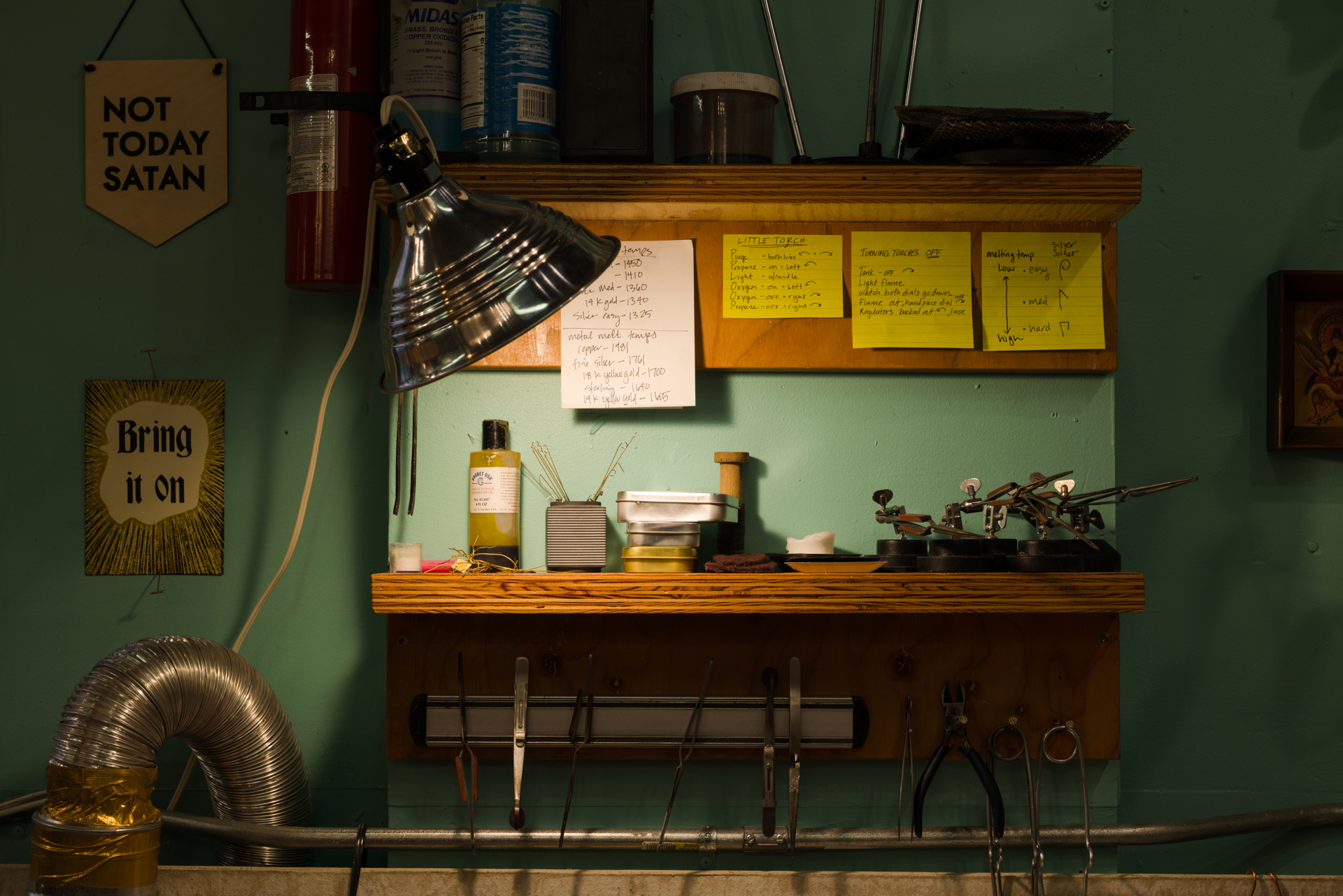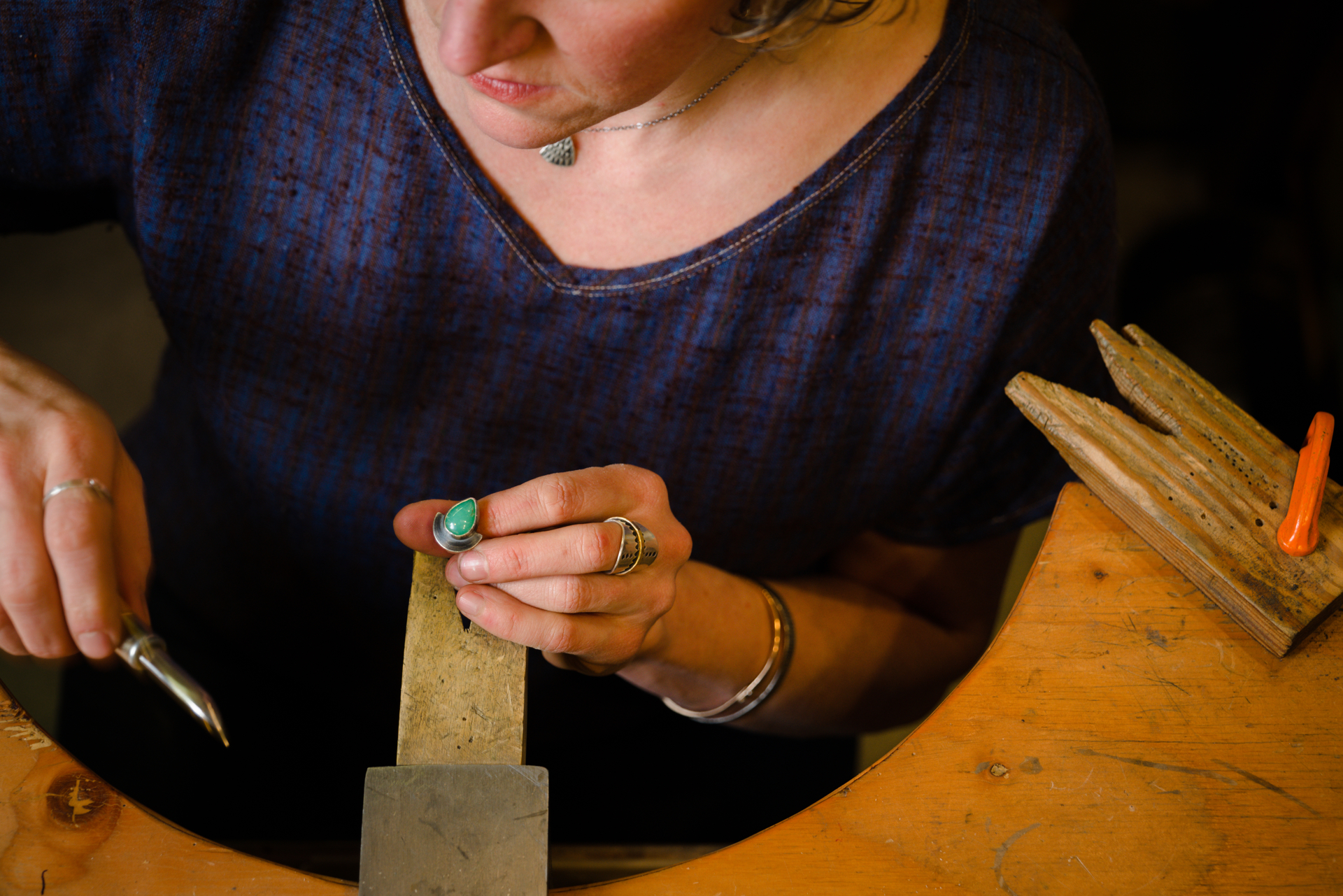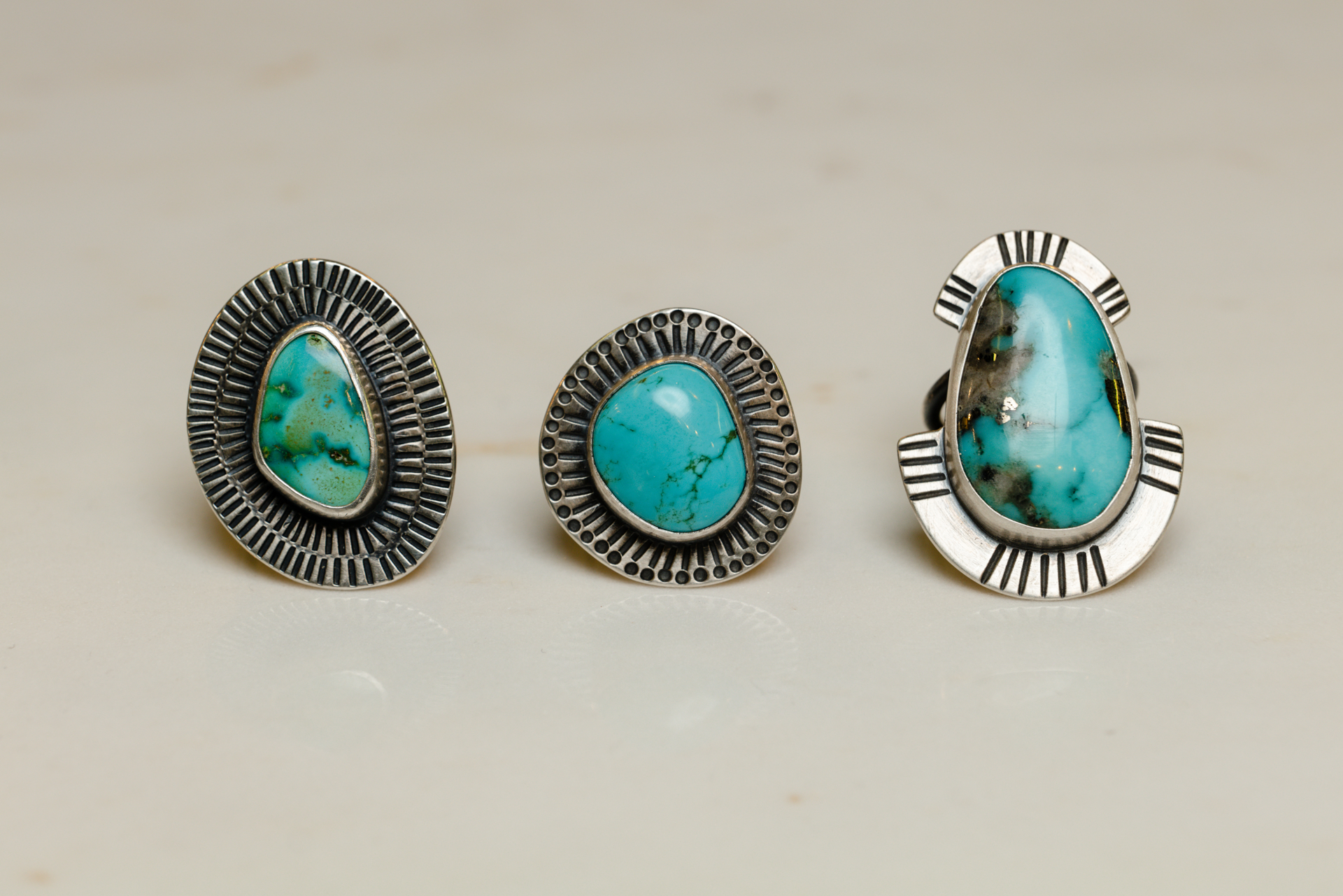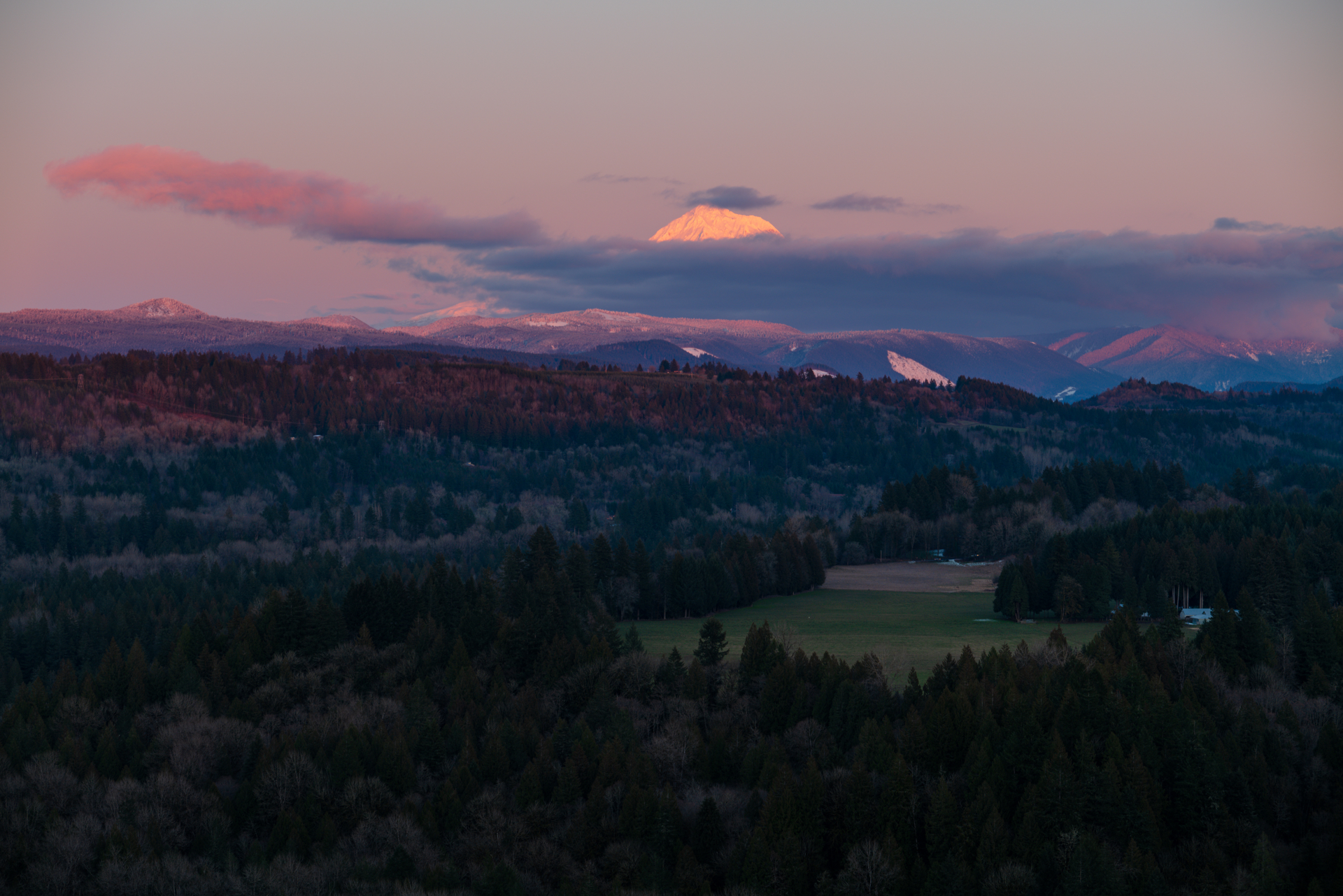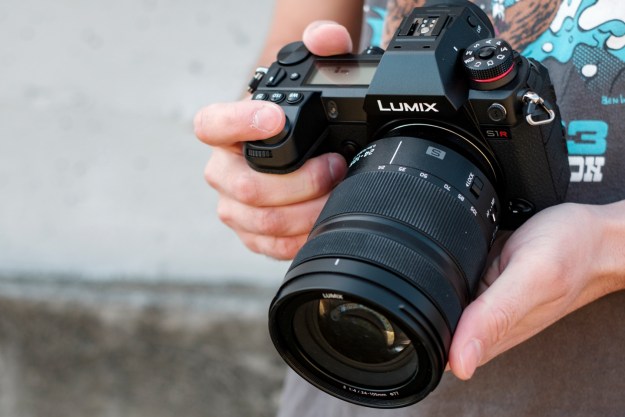
- Excellent image quality
- Robust design and build quality
- Best available electronic viewfinder
- Good subject detection autofocus
- 187MP high resolution mode
- Gargantuan
- Intermittent autofocus errors
- Not as valuable as standard S1
187 megapixels. That’s the first number that comes to mind when I’m asked about the full-frame Panasonic Lumix S1R. It isn’t the most important specification — nor is it all that useful for most photographers — but it is the most exciting. What makes this camera different from the competition, you ask? Oh sure, many things, but mostly: 187 megapixels.
The second number that comes to mind is 3,700 — as in, dollars. That’s how much the Lumix S1R costs, body only. You need to be comfortable with both numbers — 187 and 3,700 — to want this camera; the former is the reason to buy it, the latter is the means to.
Clearly, this is not a camera for the masses — but it is really cool.
Professional pixel peeping
No, the S1R doesn’t have a 187MP sensor. It reaches that insane resolution by taking eight exposures, shifting its already high-res 47MP sensor by half a pixel’s width in between each, and compositing them into a single image (this requires a tripod). This multiplies spatial resolution by a factor of four, while also capturing full RGB color information at every pixel location for even more accurate color, bypassing the limitations of the Bayer filter design. The resulting RAW file is over 300 megabytes.
If there’s one practical complaint I have about high-resolution mode, it’s that it doesn’t work with flash. Some cameras with multi-shot modes let you program a delay between each exposure so that a flash or studio strobe has a moment to recharge, but there is no such setting on the S1R. It’s possible that Panasonic could add this feature via firmware, but for now, the lack of it may greatly reduce the S1R’s appeal to studio photographers, who otherwise could benefit from it.
The real issue is practicality. Like car nuts who want horsepower they’ll never use, the high resolution mode on the S1R feels like a party trick for affluent photography enthusiasts who want something to brag about at the local camera club. It’s not something most people will ever need, and even experienced professional photographers won’t use it often.
Panasonic has poured on the tech with the S1R, doing everything it can to prove itself a top-tier player.
Is there a practical application for it? Macro photography of circuit boards, maybe. Reproducing large artworks with pixel-accurate color, perhaps. Or maybe there are uses we haven’t even thought of that photographers will discover or invent. (If you’re thinking billboards, though, that’s not it.)
There are plenty of other great things about this camera, but if you don’t need the resolution, you can get the rest of the S1R’s excellent features for a lot less money with the standard Lumix S1. It’s $2,500, has a 24MP sensor, better video specifications, and is physically identical to the S1R. It also has a high-resolution mode of its own, turning those 24 megapixels into 96 — not too shabby. If that sounds more like your cup of tea, stop here and go read the review of that camera.

If you can’t get that 187MP number out of your head, however, carry on.
Design and handling
Built on the Leica L-mount, the Lumix S1R, along with the S1, represents Panasonic’s first foray into the full-frame market. It’s an impressive offering. With a robust, weather-sealed body, huge electronic viewfinder, SD and XQD card slots, and as much direct access control as you’d find on a professional DSLR, the S1R is bigger and heavier than its mirrorless peers. In fact, at 2.25 pounds, it is heavier than even the mighty Nikon D850 DSLR — and $200 more than it was at launch.
It surprised me how much more natural it felt to just tap ISO three times to raise it by a stop.
The S1R, then, is not quite a direct competitor to the Sony A7R III or Nikon Z 7, two other high-resolution, full-frame mirrorless cameras that come in hundreds of dollars below it. Instead, Panasonic is pushing into a tier above these cameras — or at least, trying to — and looking to woo working professionals who haven’t yet found a mirrorless solution for replacing their DSLRs.
It’s a bold plan, to the say the least. The camera may be hefty, but Panasonic’s Lumix brand doesn’t carry the same weight with professional shooters that Nikon and Canon do. It is perhaps because of this that Panasonic has poured on the tech with the S series, doing everything it can to prove itself a top-tier player. Panasonic has even launched a new professional services department to handle worldwide repairs, like those offered by Canon, Nikon, and Sony.
There’s no doubt that the Lumix S1R feels more professional than other mirrorless cameras. The large hand grip offers reassurance, although people with smaller hands may find it uncomfortable. The control layout is effective in both the positions of individual buttons, dials, and levers, as well as the number of them (other than the power switch, which is awkwardly placed behind the shutter button rather than encircling it, like on the Lumix G9). Nearly endless customization options allow you to set the camera up as you see fit.

To set a custom function for a button, simply hold the button down until the custom settings menu appears on the screen. No more digging through the menu trying to figure out which icon corresponds to which button (although Panasonic has revamped its menu system, and that process is crystal-clear now).
If you want to quickly cycle through autofocus modes, ISO settings, or white balance presets, simply tap the corresponding button. Yes, you can also press the button and then use one of the command dials to change it, but it surprised me how much more natural it felt to just tap ISO three times to raise it by a stop, rather than having to manipulate two different controls.
Small touches like these make for a pleasantly refined user experience, one I prefer over every other full-frame mirrorless camera I’ve tried. But, again, none of this is unique to the S1R — the cheaper S1 shares the exact same design and control layout.
Features and specifications
While the high-resolution mode is the headliner, the S1R takes many technologies a step further than the competition. The electronic viewfinder (EVF) uses an OLED panel with 5.76 million pixels, a couple million more than the best EVFs from Canon, Nikon, and Sony. Individual pixels are all but invisible, even in the small text of the light meter display. It also has excellent 0.78x magnification and can refresh at 120 frames per second. It’s simply a joy to use, and the final nail in the coffin for the argument that optical viewfinders are superior.

Being a Lumix, the S1R also incorporates 6K and 4K Photo modes, which shoot at 30 and 60 fps, respectively, allowing you to extract a still frame of the perfect moment. This enables the Post Focus feature, which captures each frame at a different focal distance, letting you effectively change the focus after the fact or perform focus stacking to increase depth of field.
Like the S1, the S1R uses a 5-axis, sensor-shift stabilization system that works in concert with lens-based stabilization to provide up to 6 stops of shake reduction. (This is the same system that powers the high-resolution mode.) That’s very good, although it’s not quite as good as the 7.5-stop stabilization of the Olympus OM-D E-M1X.
In practice, shooting handheld down to 1/10 second or so is possible, but there’s a caveat. With 47MP, each pixel is very small, and blur is more noticeable than on lower-resolution cameras. If you want to take advantage of all those pixels, keep your shutter speed higher than you think it needs to be, or else your photos may not look perfectly sharp when viewed at 100-percent magnification.
Panasonic has made the controversial choice of ditching phase-detection autofocus in favor of its own DFD technology.
For such a high-resolution camera, the S1R can maintain an impressive continuous shooting speed of up to 9 frames per second (or 6 with continuous autofocus). This is the same rating as the lower-resolution S1; rather than adjust the shooting speed, Panasonic opted to keep it the same across models and instead just let the S1R fill its image buffer sooner. In our testing, we got 32 RAW photos in a single 9 fps burst before the camera slowed down. This compares to 75 RAW photos with the S1. Both tests were performed with a high-speed XQD card.
When it comes to video, the S1R, along with the S1, is the first full-frame camera that can shoot 4K at 60 frames per second. All video is recorded from a slight (1.09x) crop of the sensor. 4K/30p has a maximum record time of a second shy of 30 minutes, while 4K/60p is limited to 10 minutes. The S1 will be the better choice for videographers, as it has no crop and no time limit in 4K/30p (but does crop by 1.5x in 4K/60p). The S1 can also receive V-Log and 10-bit 4:2:2 recording via paid firmware update in the future, features that are not coming to S1R.
Part of the camera’s weight is thanks to the large, 3,050 mAh battery. That’s over twice the capacity of the battery in my Fujifilm X-T2, yet the S1R’s battery life is hardly any better, rated for just 360 exposures. The high-resolution EVF certainly levies a tax on the battery, but that rating still seems low. As with all cameras, real world performance will almost always be better — I hit the 50-percent mark after shooting about 250 photos, so expect at least 500. (The camera also has a Power Save mode, which supposedly boosts battery life to over 1,000 exposures, but I did not test it.)
Autofocus: The good, the bad, and the ugly
Panasonic has made the controversial choice of ditching phase-detection autofocus in favor of its own Depth from Defocus (DFD) technology. Phase detection is more-or-less the gold standard of autofocus, as it not only knows when an image is in or out of focus, but also whether an out-of-focus image is front- or back-focused. That means it knows which direction to turn the lens to achieve focus, speeding the process up and generally removing any focus “hunting” that occurs in slower contrast-detection systems.

DFD is based on contrast detection, but Panasonic has thrown some wizardry at it to make it work better. The camera constantly makes tiny back-and-forth adjustments in focus and analyzes the change in blur, comparing this to a lens profile stored on the camera that contains all possible blur patterns at every aperture, focus distance, and focal length. On the S-series, DFD makes these comparisons at 480 frames per second. That gives the camera all the information it needs to make focus adjustments in the correct direction, just like phase detection.
When I first tested preproduction versions of the S series cameras a few weeks ago, I noted that they often had trouble finding focus when starting from a very defocused (i.e., blurry) position. This problem seems to be cured now with the final production firmware; it didn’t show up in any of my testing for this review.
This is clearly a very good sensor, and that sensor is the only reason to pay $3,700 for the S1R over $2,500 for the S1.
DFD is still not without issues, however. In video, the constant back-and-forth adjustments cause distracting “breathing” in the image when using continuous autofocus, most noticeable in out-of-focus highlights (you can see this effect in the review video at the top of the page, which was recorded on the S1).
In still photography, despite the DFD wizardry, focus hunting can still be a problem, and on rare occasions can take a couple of seconds to lock in. In multiple instances, I missed the shot because of this. This problem is rare and cropped up at random times with no clear cause, but for people who work in uncontrolled settings, like photojournalists and wedding photographers, it might not be worth the risk.

This is a shame, because the S1R’s autofocus is otherwise very impressive. The face and eye detection works from a much longer distance than some other cameras, like the Canon EOS RP, even if it occasionally mistakes a random object for a person. And when it’s working properly, DFD is every bit as fast as phase detection. With sensitivity down to -6 EV, it’s also capable of (nearly) seeing in the dark. That number sounds questionable, but I did test it indoors with the lights off and curtains drawn, and it didn’t skip a beat.
Image quality
With third-party RAW support still yet to arrive, I had to convert the S1R RAW files to Adobe DNGs in order to open them in Lightroom. Image quality may change slightly with official RAW support, but things already look great for the most part. I’m not sure that the conversion process is working properly for images shot in high resolution mode, as some 187MP DNGs came out looking misaligned, with jagged edges. Others looked perfectly fine.
One reason Panasonic opted for DFD instead of phase detection is that the latter can introduce a “banding” pattern to images shot at high ISOs, or when the exposure is pushed too much in postproduction. The S1R has no such problem, and the RAW files do look very clean. Even with the Exposure and Shadows sliders turned all the way up in Adobe Lightroom, detail and color could be recovered from the darkest areas of an image while only introducing a moderate amount of noise. This equates to very good dynamic range, something particularly important to landscape photographers, but useful in any scenario where you need to capture detail from a broad tonal range, with bright highlights and dark shadows.
Images get even cleaner in high resolution mode. A regular image shot at ISO 400 showed a small, but visible, amount of noise — the same shot in high res mode, also at ISO 400, had virtually no perceptible noise. Despite this, maximum ISO is limited to 1,600 in high resolution mode.
This is clearly a very good sensor, and that sensor is the only reason to pay $3,700 for the S1R over $2,500 for the S1. But the S1 sensor also impressed us. It has at least equal dynamic range and even better noise levels — thanks to it’s fewer, but larger, pixels.
Both sensors lack optical low pass filters, which increases sharpness at the potential expense of increased moiré, the rainbow-like false colors that can show up when photographing fine patterns. While rare, we did encounter one example of significant moiré on the S1 — but never on the S1R. Its higher pixel count, which can resolve finer detail in patterns, is all but immune to it.
As moiré is most commonly found when photographing clothing, due to the patterns in the threads, this gives the S1R an advantage for portraiture and fashion photography. (For still life subjects, you can use the high-resolution mode on either camera to greatly reduce the chance of moiré.)
Panasonic’s in-camera processing is also quite good. Saturation and contrast are handled well, and JPEGs look fantastic right out of the camera. The Portrait profile does an excellent job rendering skin tones, with tonal gradations that are very difficult to recreate manually in post with the RAW file.
Our Take
The S1R is a niche camera for a small group of customers with only one feature — that 47.3MP sensor — separating it from the more affordable S1. That’s not a mark against it; rather, it illustrates just how good the standard S1 is. Neither S-series camera is truly “entry-level;” both are designed to meet the needs of working professionals, with excellent build quality and one of the best control layouts ever put on a mirrorless camera.
I like this approach. It’s honest. Panasonic isn’t artificially truncating the cheaper camera to make the gap between the two seem larger. Each is built to best of its abilities. But if you don’t need that 47MP sensor, you have little reason to consider the S1R over the S1.
Is there a better alternative?
The closest competitors are the Sony A7R III and Nikon Z 7, both of which offer sensors of similar resolution (42 and 45.6MP, respectively). Thanks to a rebate at the time of writing, the A7R III is the least expensive by a fair margin — just $2,800 — while the Z 7 is $3,400. Neither boasts a high-resolution mode to rival the S1R’s, but the Sony does have a 4-shot pixel shift mode that captures RGB data for each pixel location, without adding additional spatial resolution. Both feature phase-detection autofocus, and, at least in the case of the Nikon, this has been shown to introduce banding after extreme postproduction exposure adjustments. The Z 7 may have the edge for professional videographers, as it can output RAW video into an external recorder.
Other than the high-resolution mode, the S1R’s advantages are its stunning EVF and impressive amount of direct access control.
How long will it last?
Flagship cameras tend to be replaced on a 3-year cycle. The S1R is built to last, and it’s arriving on the scene with one of the most complete feature sets ever seen in a first-generation camera. You will get years of use out of it.
Should you buy it?
Yes, though only if you need the extra resolution. The less expensive S1 is the better choice for most people. If you work with textiles or other moiré-prone patterns, have a need for 187MP, or simply want to be the coolest kid at the camera club, go ahead and buy the Lumix S1R.
Editors' Recommendations
- Insta360’s One R camera gains lots of exciting new features
- Sony A7S III hands-on: Confessions of a devout Panasonic user
- After years of waiting, Sony A7S III may arrive this summer
- The $600 Panasonic Lumix S 20-60mm is a unique, affordable zoom
- What really determines your camera’s resolution? We asked an expert






